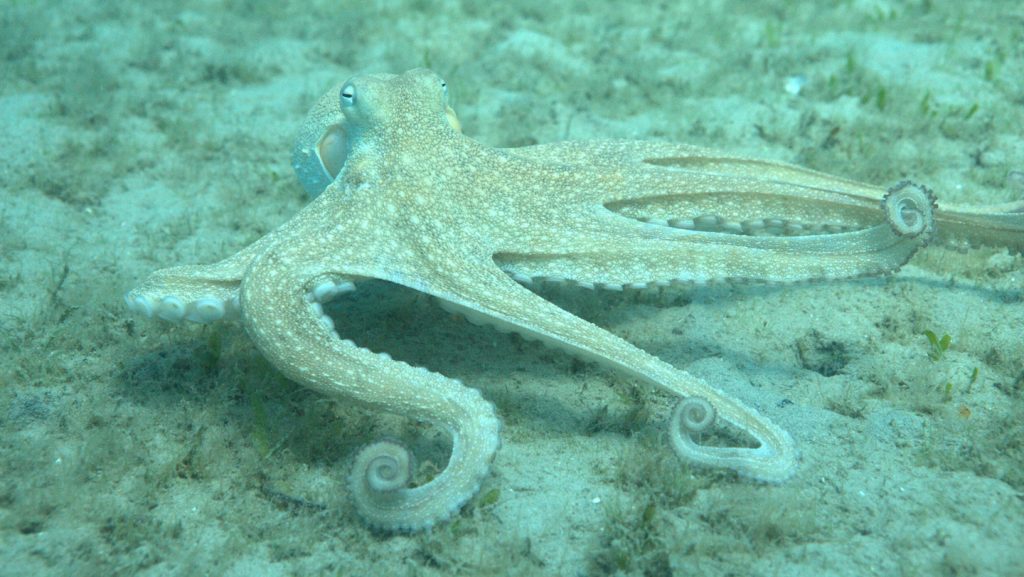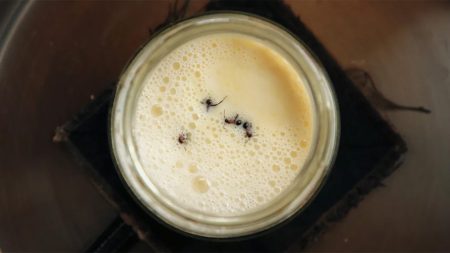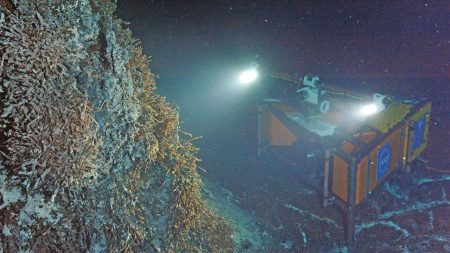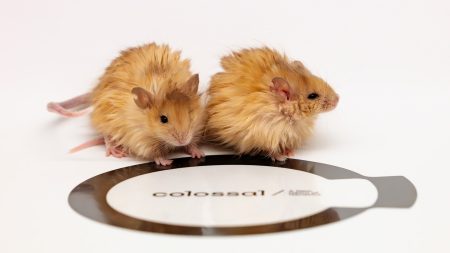The Octopus’s Eight-Armed Symphony: How These Intelligent Cephalopods Coordinate Their Limbs
Octopuses are nature’s ultimate multitaskers, wielding eight remarkably flexible arms with astonishing dexterity and coordination. A groundbreaking study published in Scientific Reports on September 11 has revealed fascinating insights into how these intelligent invertebrates manage their tentacled appendages. Researchers have discovered that while all eight arms share the same capabilities, octopuses seem to prefer using their front four arms for exploration and their back four primarily for movement—showcasing a subtle but noticeable division of labor among their limbs.
Marine biologist Chelsea Bennice from Florida Atlantic University led this comprehensive analysis of octopus arm movements in their natural habitat, a refreshing departure from previous laboratory-based studies. Bennice and her team meticulously examined 25 videos of wild octopuses filmed in Spain and the Caribbean between 2007 and 2015. This detailed observation allowed them to document nearly 4,000 distinct arm actions that could be categorized into 12 fundamental movement types, including reaching, grasping, and raising. The researchers also identified four primary ways octopus arms deform: elongating, shortening, bending, and twisting—a testament to the incredible flexibility afforded by their boneless anatomy.
What truly stands out from this research is the remarkable ambidexterity of octopuses. “All arms are capable of all arm behaviors and all arm deformations,” explains Bennice. “They can even use multiple arm actions on a single arm and on several arms at the same time.” This versatility is unparalleled in the animal kingdom, making octopuses extraordinary creatures that can simultaneously perform different tasks with different limbs. Despite having this eight-armed versatility, the study revealed that octopuses use their front four arms approximately 64 percent of the time when any arm is active, while the rear arms take charge during locomotion tasks, such as elevating the body or using a conveyor belt-like motion to roll along the seafloor.
The findings challenge some previous assumptions about octopus arm preferences. University of Chicago neuroscientist Cassady Olson noted her surprise that the study didn’t detect a left-right bias in arm usage, contrary to earlier laboratory research that suggested octopuses might have dominant sides similar to human handedness. Instead, wild octopuses tend to use their arms in coordinated left-right pairs. This discrepancy between lab and wild observations highlights the importance of studying animals in their natural environments to fully understand their behaviors. The subtle specialization of task preferences among different limbs observed in octopuses parallels similar patterns seen in other animals, including primates and rodents, suggesting this might be a common evolutionary solution for organisms with multiple limbs.
Beyond advancing our understanding of these fascinating marine creatures, the research has potential applications in the field of soft robotics, which has already drawn considerable inspiration from octopus physiology. The study’s detailed breakdown of how small arm adjustments translate into complex movements could provide valuable insights for engineers developing flexible robotic systems. The octopus, with its distributed nervous system largely contained within its arms, represents a fundamentally different approach to coordinating movement than the centralized brain control found in vertebrates—making it an ideal model for innovative robotic designs that require flexibility and adaptability.
Looking ahead, Bennice hopes to extend this research to octopus species with dramatically different body structures, such as the mimic octopus (Thaumoctopus mimicus) with its extremely slender arms. “Other octopus species have different proportions of arm size and length,” she notes. “It would be informative to compare their arm behaviors as it relates to the whole animal behavior.” Such comparative studies could further enhance our understanding of how physical structure influences function in these remarkable cephalopods, potentially revealing even more insights about the evolutionary adaptations that allow octopuses to thrive as masters of manipulation in their underwater world.















